Access to affordable medication is an important global challenge, particularly in emerging economies. In these countries, a complex set of factors have long impeded development, deployment, and affordability of much needed drugs, vaccines and diagnostic tests. While there isn’t any single solution to this challenge, an important part of the overall solution lies in incentivizing investors and pharmaceutical companies to raise their investment in global health R&D.
A team of researchers in the Center for Technological Innovation at the Brookings Institution, in collaboration with researchers at the University of Washington’s Evans School of Public Policy and Governance, recently began a two-year project aimed at finding ways to address this investment shortfall. The project recognizes the need to complement the research on the social returns to global health R&D by examining the potential financial returns to private sector global health R&D investors, and offers policy solutions that can boost those returns.
To tackle this challenge, we will be using a multi-pronged approach.
One of the key issues we will be looking at is health governance capacity—the ability of a nation’s government and institutions to implement health policies, provide medical services, and respond to global health crises. We will focus specifically on a set of 18 countries in Sub-Saharan Africa and Asia, most of which are emerging economies, but some of them are not (e.g. China). Investments in global health R&D will only be effective if new developments can be effectively deployed in the places where they are needed. Infrastructure, economic and political stability, and the regulatory environment are some of the many factors that can maximize the benefit from global health R&D investments in a given country. We will analyze these factors and build an index, to be released in March 2017, that provides a holistic evaluation of the potential impact of global health R&D in each country. Our hope is that policymakers, pharmaceutical companies, regulators, and researchers will use the index to increase the scale and reach of global health R&D investments.
Next, we will publish a report on global health R&D spending in the summer of 2017. This analysis will build on the governance capacity findings by adding an overview of existing (largely public sector) global health R&D spending as well as a discussion of the implications of that spending within our focus countries.
In addition, we will use financial and economic modeling to identify new ways to encourage private sector investment in global health R&D. As part of this work, we plan to identify new structures to incentivize private sector global health R&D spending. For example, we will look at potential policy changes (such as enhancements to Priority Review Vouchers) that can lead to increased private investment. More broadly, we plan to model investment opportunities for a set of structures (including advanced market commitments, insurance markets, and financial prizes) that represent a significant private sector global health R&D investment opportunity. We expect to publish the results of this analysis in winter 2017-18.
Other components of this project include an analysis of household survey data from a Sub-Saharan African country to examine the impact of antiretroviral therapy on employment, hours worked, and educational attainment, an estimate of market size for particular drug treatments and possible financial returns to private investors in that country, and a literature review focused on private sector global health R&D investment.
Global health remains one of the most pressing global challenges. Public sector investment alone is not sufficient to meet global health R&D investment needs in the coming years. The private sector has the capacity to provide substantially increased investment in this sector, but can’t be expected to do so unless there is a strong case that those investment increases will be accompanied by strong economic returns.
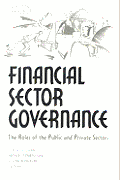
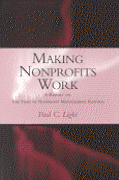
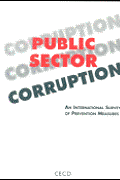
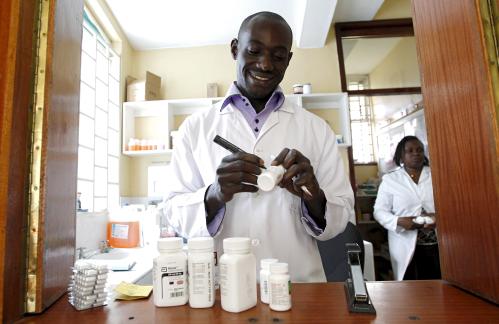
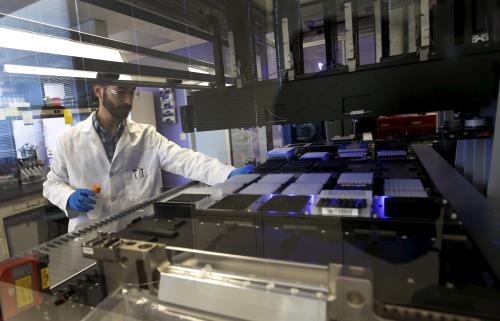
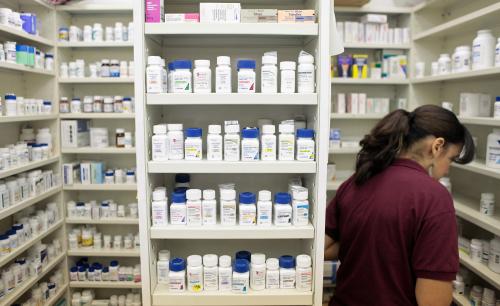






Commentary
Spurring private investment in global health research and development
January 5, 2017